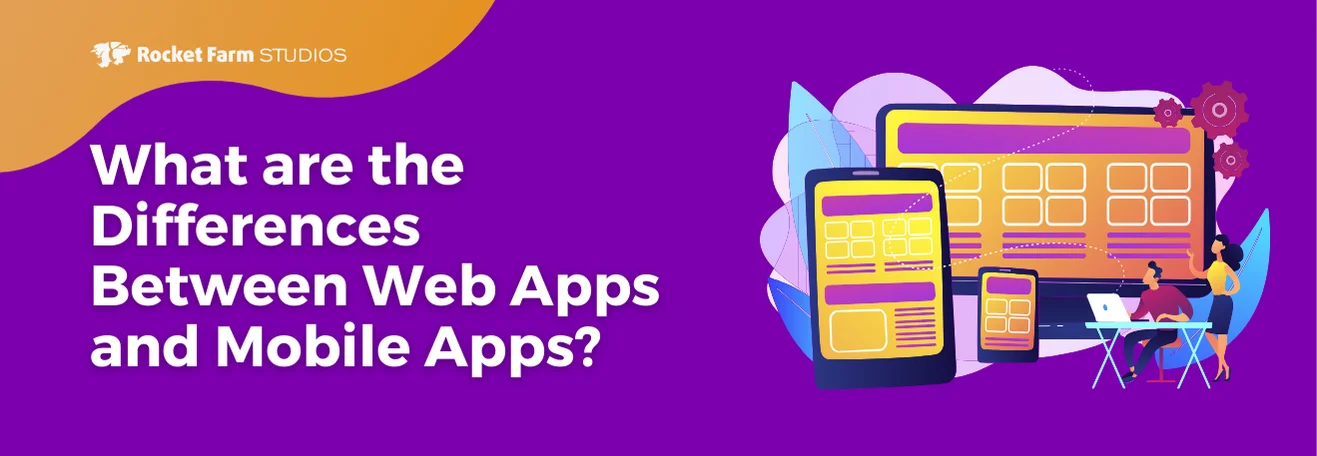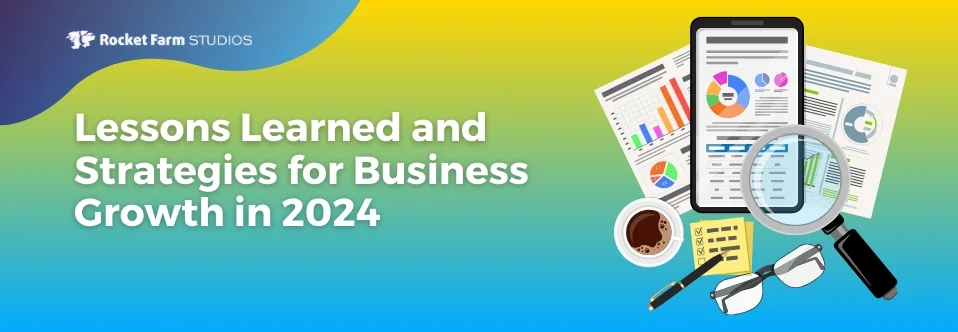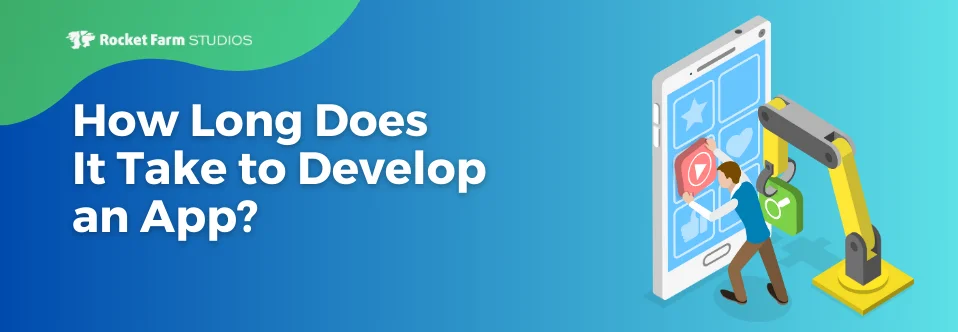
If you’re a fairly big Android fan like us (well, those of us on the team that aren’t total Apple fanboys), you’ve probably already downloaded the factory images for Android’s latest OS update rolling out starting yesterday: 6.0 dubbed Marshmallow. We’ve had a chance to play around with it and… it’s not bad! Some new features are cool (On Tap! Doze!), some are not (oh, vertical scroll on the app drawer…), and some are head scratchers (Adoptable Storage for SD cards? We guess Samsung Galaxy owners might care).
However, there are a few updates that will directly affect Android app developers. Let’s dive into 4 Marshmallow updates that you need to know about.
1. Google Now on Tap
Google Now has been Android’s answer to Apple’s Siri since the Jelly Bean era (2012), and it was great. Press a button or say “Ok Google” and you could use it to search by voice, or let it display relevant cards (to your location) on your Google Now screen. Now on Tap goes a step further and integrates 3rd party apps. It’s pretty fun playing with it, and gadgets.ndtv.com has a good description of how it’s used if you’re curious.
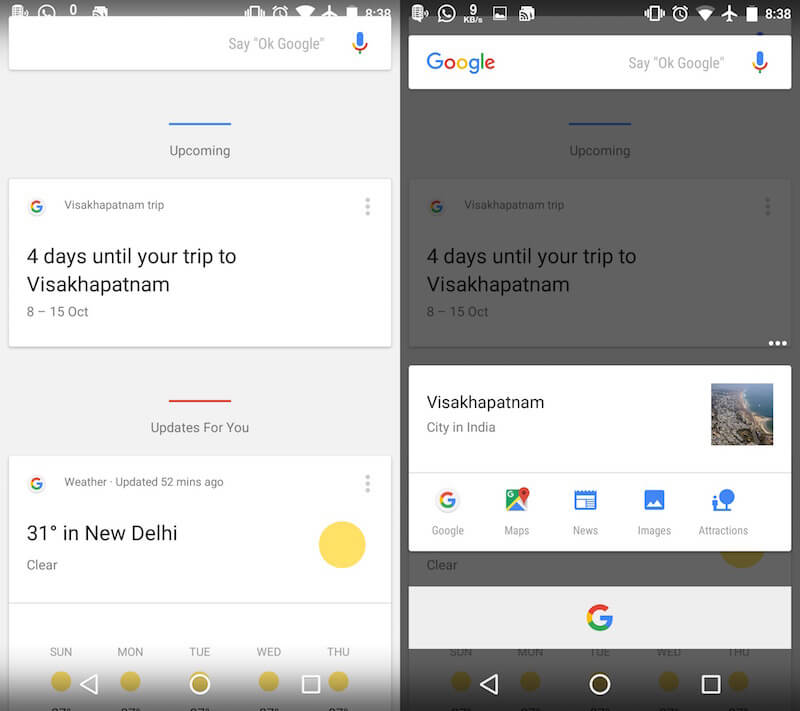 The take away for developers is pretty big: now that Google Now, a ubiquitous Android feature that users frequent, supports 3rd party apps, you’ll want to make sure your app plays nicely with the ecosystem. Since Now on Tap can generate cards based on text and links within your app, it’s very important you’ve implemented app indexing if you already haven’t (and if you haven’t, what are you waiting for?). Also, since Google suggests apps to launch for various searches, you’ll want to position your app to appear in these cases.
The take away for developers is pretty big: now that Google Now, a ubiquitous Android feature that users frequent, supports 3rd party apps, you’ll want to make sure your app plays nicely with the ecosystem. Since Now on Tap can generate cards based on text and links within your app, it’s very important you’ve implemented app indexing if you already haven’t (and if you haven’t, what are you waiting for?). Also, since Google suggests apps to launch for various searches, you’ll want to position your app to appear in these cases.
Keep an eye out for more information on integrating with Now on Tap in the coming weeks. Google has stated that “developers will be able to take extra steps to mark up their apps and make them even more effective with the system.” Meanwhile, read up on “Assist API” to see the nuts and bolts of how it all works.
2. Google Voice for 3rd Parties
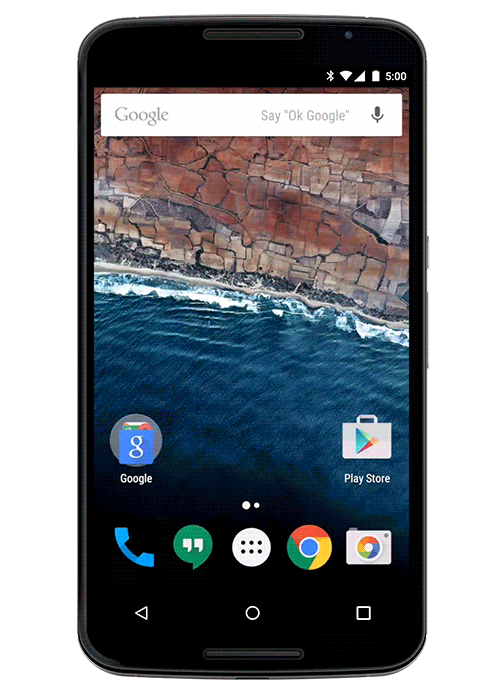 For example, a user could say “Ok Google, play music with Spotify,” and the app could ask “What artist?” This is pretty big: your app can now talk back to the user, ask contextual questions, and become that much more useful. Sure it’s a little limited. From our research, it seems your app can only choose from a number of voice commands Google already offers, but this is definitely something to keep tabs on. As this new feature expands, voice commands could be the next major way users interact with your app.
For example, a user could say “Ok Google, play music with Spotify,” and the app could ask “What artist?” This is pretty big: your app can now talk back to the user, ask contextual questions, and become that much more useful. Sure it’s a little limited. From our research, it seems your app can only choose from a number of voice commands Google already offers, but this is definitely something to keep tabs on. As this new feature expands, voice commands could be the next major way users interact with your app.
3. On-demand Permissions
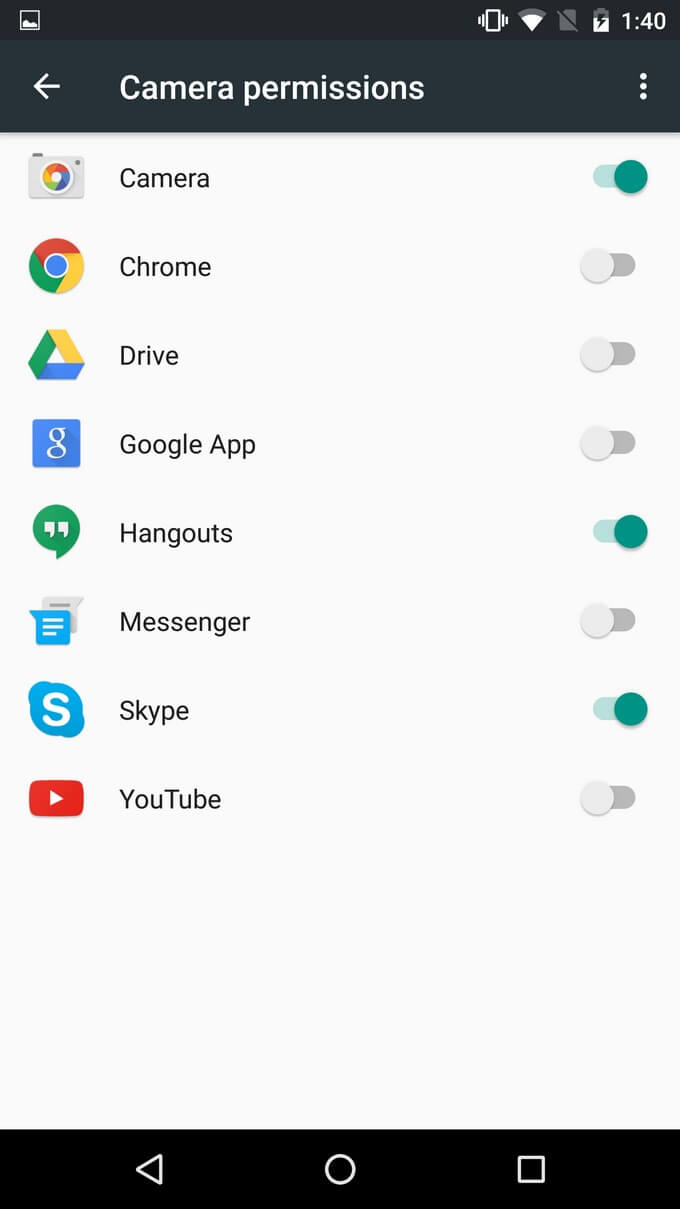 This is a great move by Google as they continue to give users more and more control over their privacy, but we app developers should think about what this change means. Now we can’t ask for a block of permissions at the get-go of a download. This will definitely affect the more nefarious app businesses out there, but even those on the up-and-up have to consider whether they really need certain permissions or at least be ready to explain exactly why they’re needed. Google suggests “updating apps and testing out the new API libraries…so that any issues and bugs can be ironed out,” so heed that warning and make sure your app’s permissions play nice with this new update.
This is a great move by Google as they continue to give users more and more control over their privacy, but we app developers should think about what this change means. Now we can’t ask for a block of permissions at the get-go of a download. This will definitely affect the more nefarious app businesses out there, but even those on the up-and-up have to consider whether they really need certain permissions or at least be ready to explain exactly why they’re needed. Google suggests “updating apps and testing out the new API libraries…so that any issues and bugs can be ironed out,” so heed that warning and make sure your app’s permissions play nice with this new update.
4. Fingerprint API
Did we miss any new Marshmallow features that devs should keep an eye on? Sound off in the comments below!



